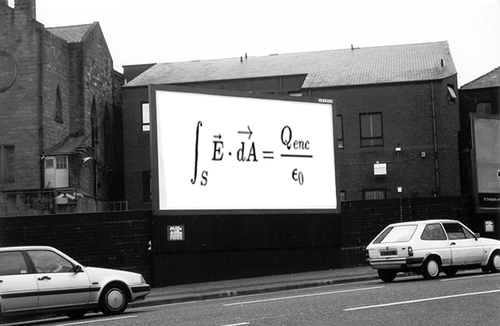Integration over surfaces
 Gauss' law is a very powerful method to determine the electric field due to a distribution of charges. The mathematical expression for Gauss' law is:
Gauss' law is a very powerful method to determine the electric field due to a distribution of charges. The mathematical expression for Gauss' law is:
where is a surface, is the electric field vector, is the infinitesimal area element, is the charge enclosed by and is a constant.
We now turn to the notion of integration over a specified surface. One can think about definite integration over a line interval, i.e. , as the area under the curve defined by . Similarly, the integral over a surface of a function can be thought of as the volume under the 2-d graph of the function. Using this definition, what is the integral
where the surface is the square in the -plane with corners at .
This problem is part of David's set on Gauss' Law .
The answer is 0.5.
This section requires Javascript.
You are seeing this because something didn't load right. We suggest you, (a) try
refreshing the page, (b) enabling javascript if it is disabled on your browser and,
finally, (c)
loading the
non-javascript version of this page
. We're sorry about the hassle.
We have like d A = d x d y , where x and y runs from 0 to 1 .
So, ∫ s x d A = ∫ ∫ x d x d y = ∫ 0 1 x d x ∫ 0 1 d y = 2 1